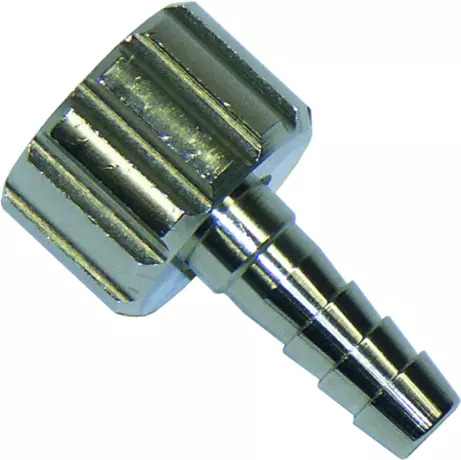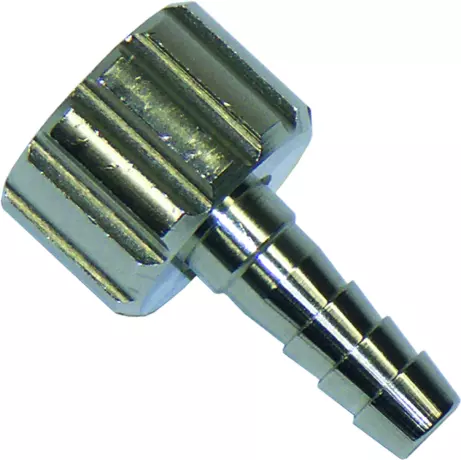
AEROway hose connection socket M12x1.25
AEROway hose connection socket M12x1.25 AEROway hose connector chromed with seal Input thread M12x1....
Portal and digital medical technology fair of the largest MedTech cluster in Germany

AEROway hose connection socket M12x1.25
AEROway hose connection socket M12x1.25 AEROway hose connector chromed with seal Input thread M12x1....

AEROway hose connection nozzle 3/8″
AEROway hose connection nozzle 3/8″ AEROway hose connector chromed with seal Inlet...

Oxygen therapy devices are a great way to provide patients with a steady flow of oxygen while they are unconscious. There are several types of these devices. A simple mask with a reservoir bag carries approximately five to ten litres of oxygen per minute. The flowrate should be between five to ten litres per minute. A partial rebreather has a higher flow rate and a higher saturation level.
These devices are also known as high flow oxygen delivery systems. They collect oxygen as the patient breathes in and out. They are often equipped with a blending system or air-entrainment technology to increase the concentration of oxygen delivered to the patient. A patient will draw from the reservoir when the flow of the device is greater than their total flow. They also come in a variety of styles, including a cannula and a face mask.
There are two types of LTOT devices. The first is a simple face mask. The oxygen concentration in a simple face mask varies. The oxygen in a face mask is not very high due to room air mixing with the delivered oxygen. In pre-hospital and acute care settings, these types of oxygen therapy devices are not as effective. A mask or cannula is typically used. The LTOT device must be powered by an external source.
A more advanced type of oxygen delivery device is intermittent-flow. This device is more expensive to the patient and provider and is heavier. The newer devices have improved the quality of oxygen delivery and comfort. These newer and more sophisticated devices are now available. They are a great option to add a little extra oxygen to the patient's routine. But be sure to check the safety and effectiveness of the device before using it. It is important to use the correct device in order to ensure the best possible outcome.
A portable oxygen device is a better option for patients with COPD and other lung disorders. This type of device allows patients to take oxygen when they're traveling. The cylinders are light and portable and are not large, which make them more convenient for use. However, some portable devices require a long operating time. If you're concerned about how much time your patient spends on their device, consider the following pros and cons of this type of device.
The most basic oxygen therapy device is portable. It provides continuous positive airway pressure (CPAP) and is a popular choice for patients with chronic respiratory conditions. Its small size makes it a convenient option for home users. Another type of portable oxygen device is a gas cylinder. It can store up to 6,500 litres of oxygen and be used for a single day. Canned oxygen containers have been used for home oxygen use and are increasingly popular due to their portability and ease of use.
Become a digital exhibitor yourself in the online portal of the largest and best-known MedTech cluster region in Germany and inform the world of medical technology about your products and services as well as about news, events and career opportunities.
With an attractive online profile, we will help you to present yourself professionally on our portal as well as on Google and on social media.